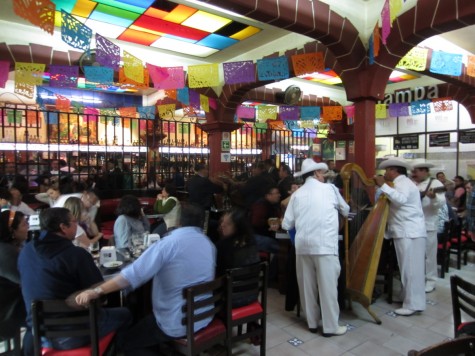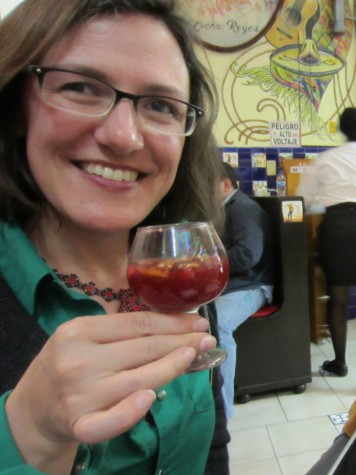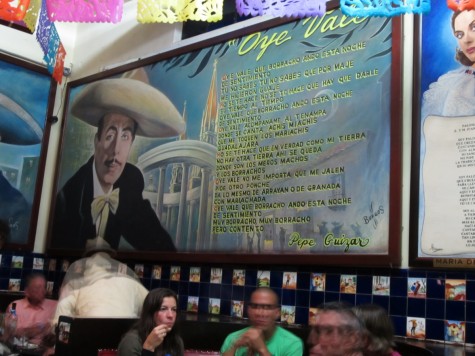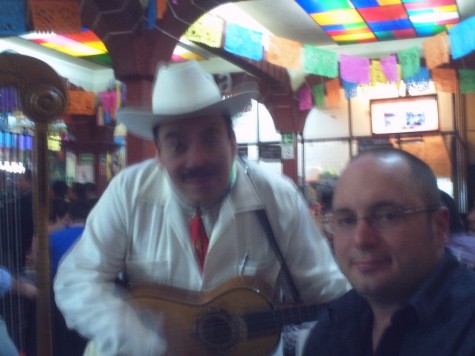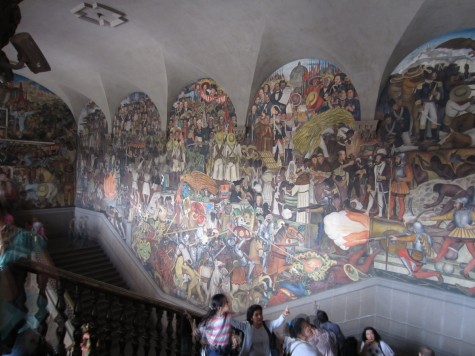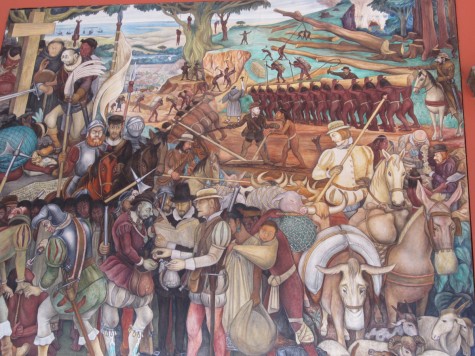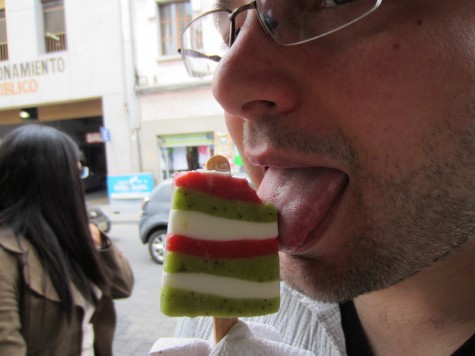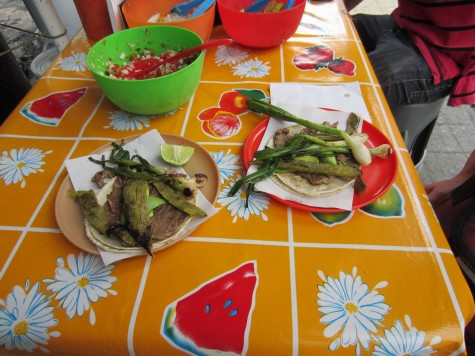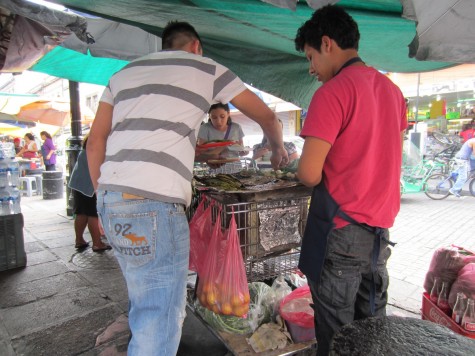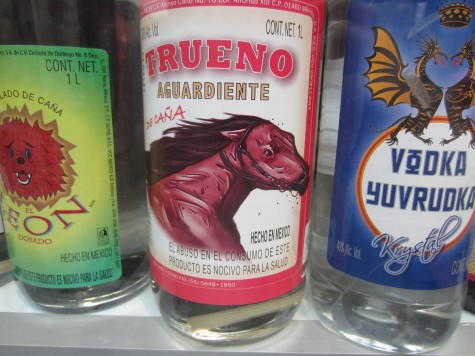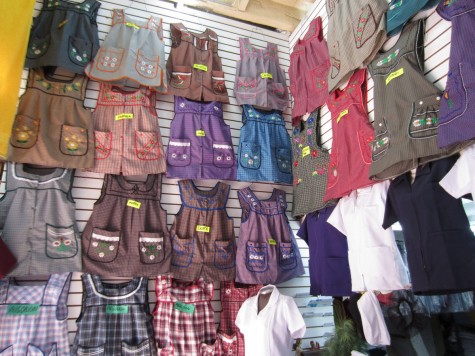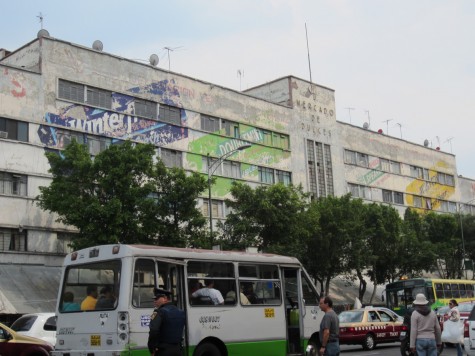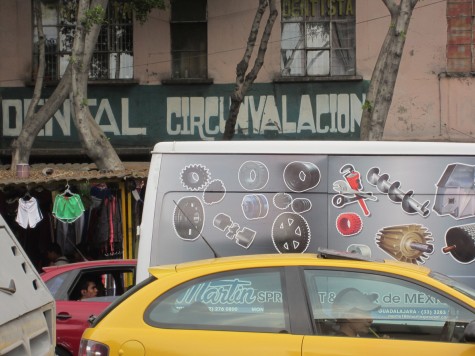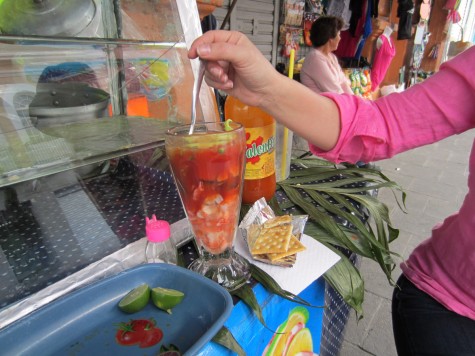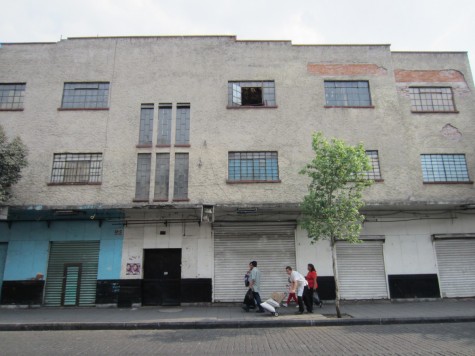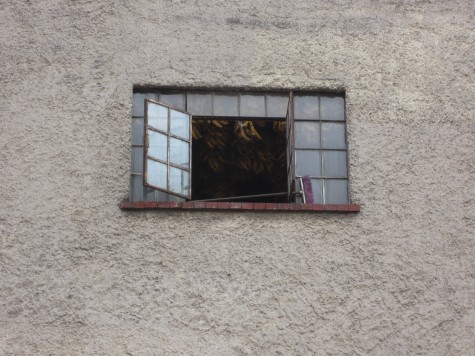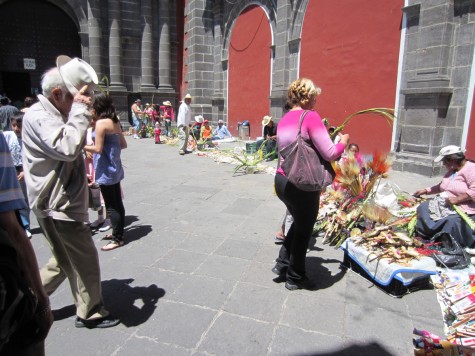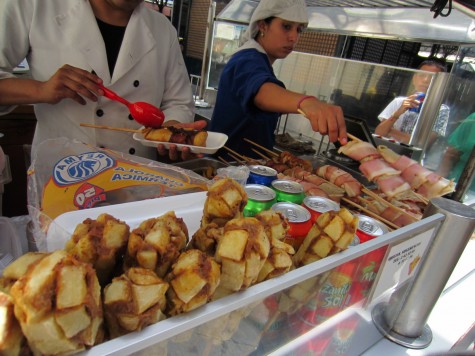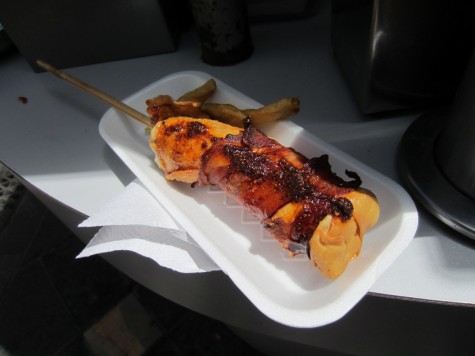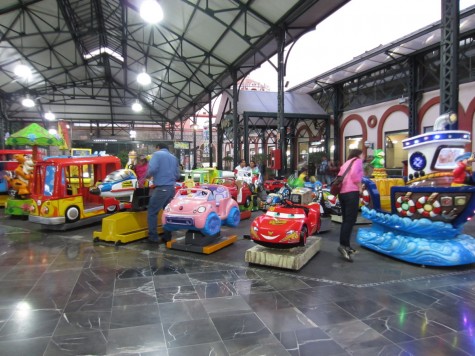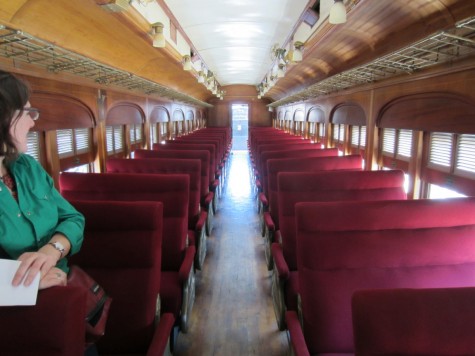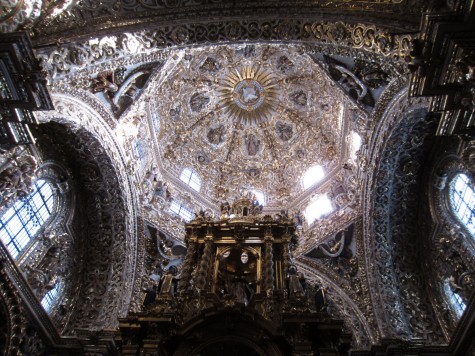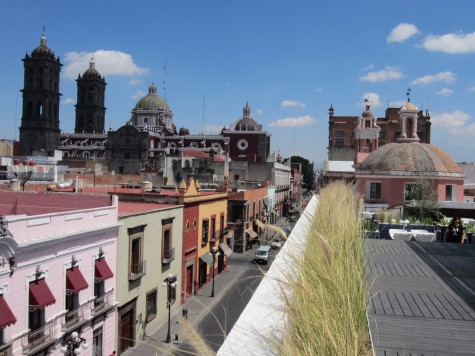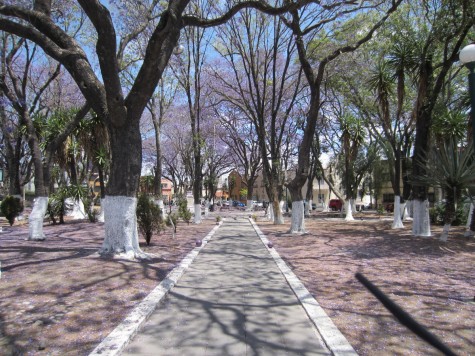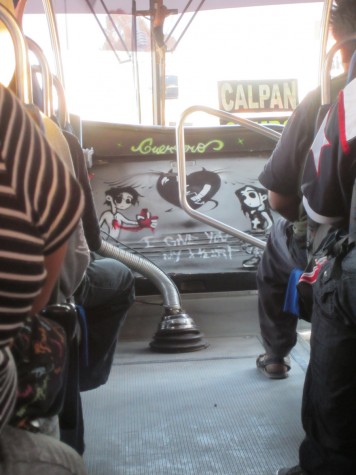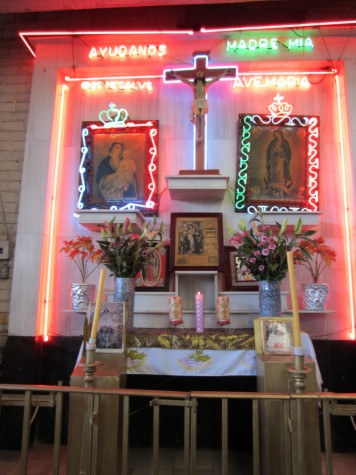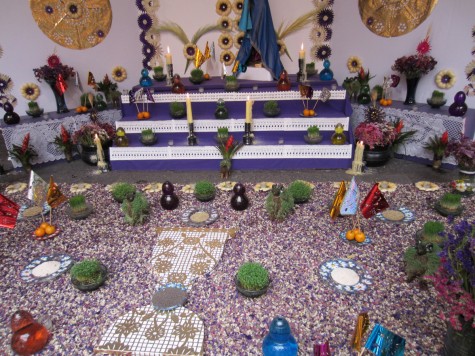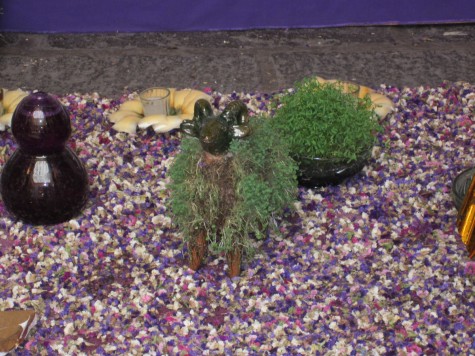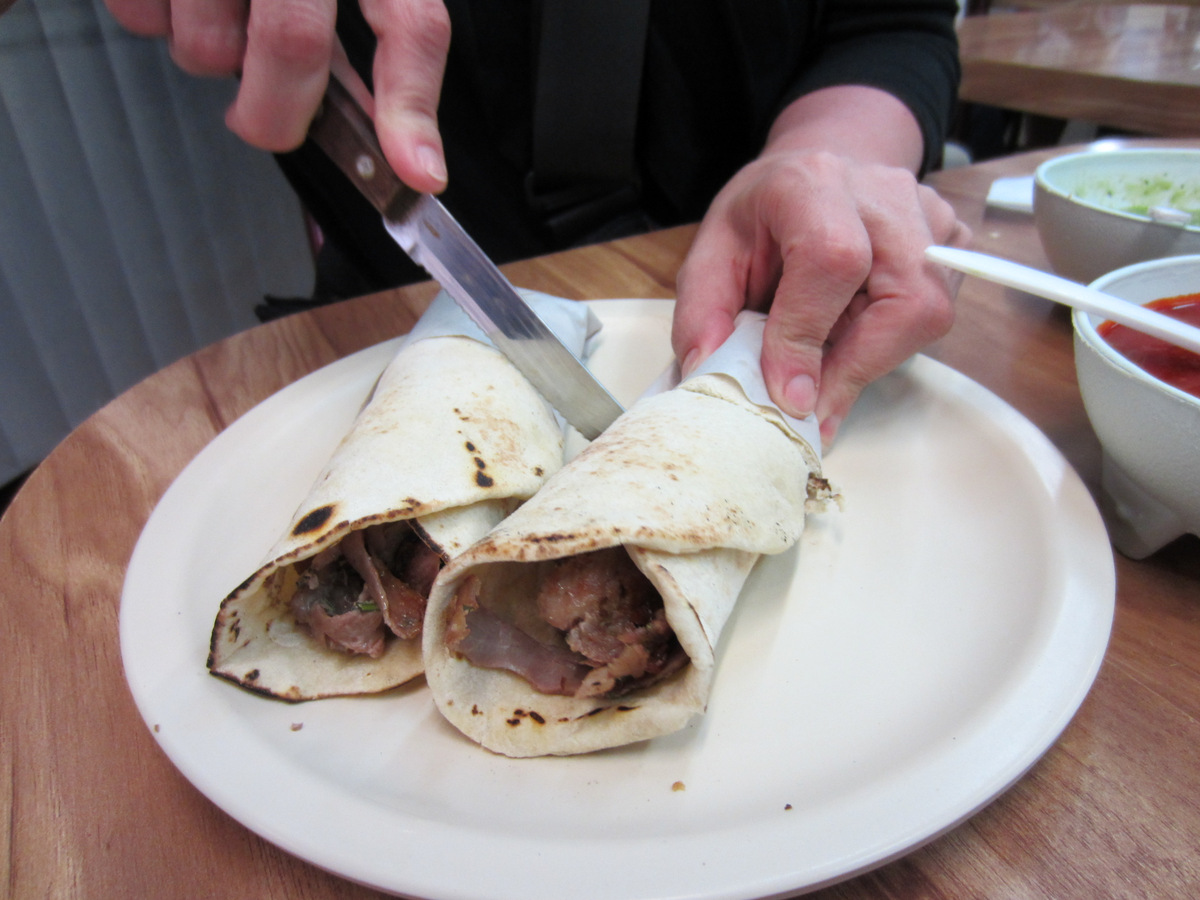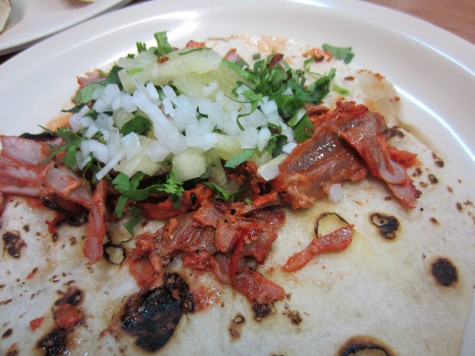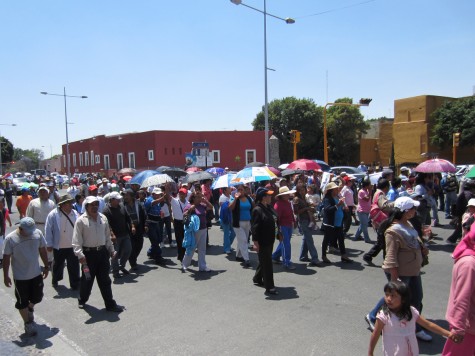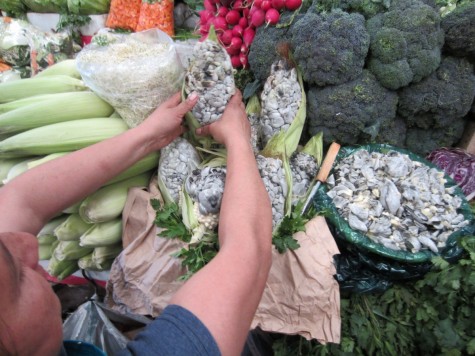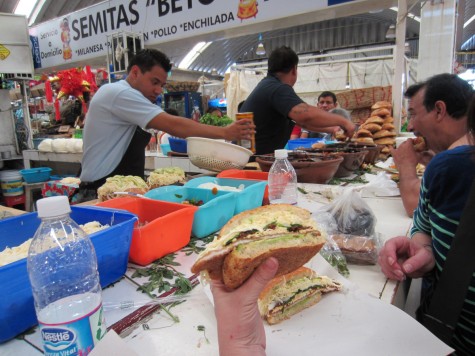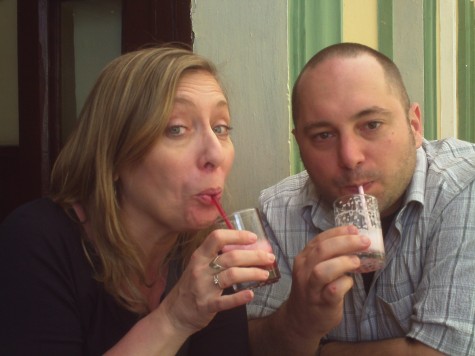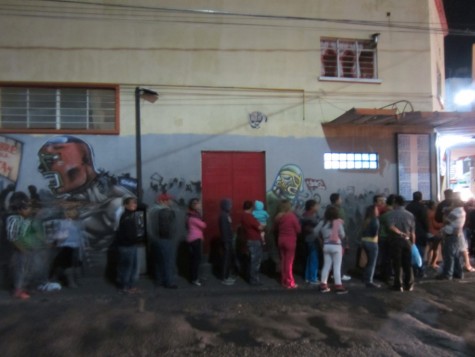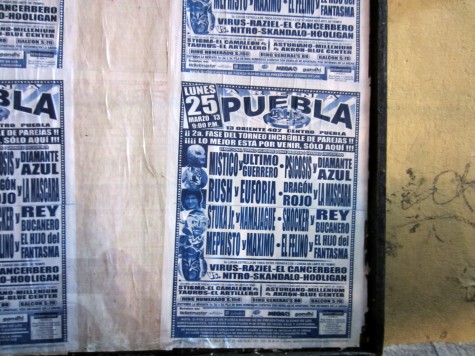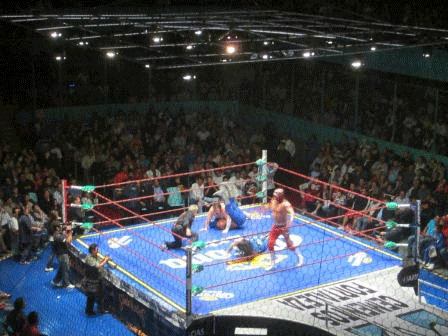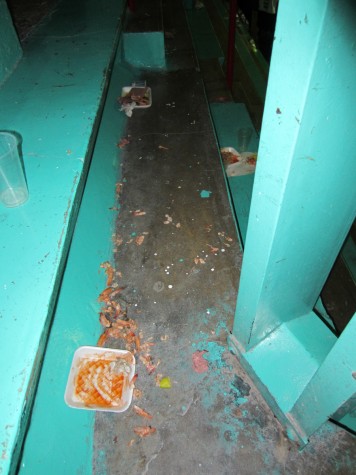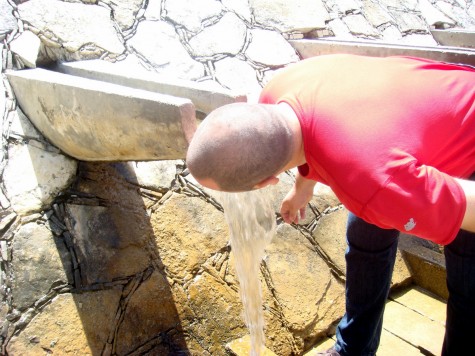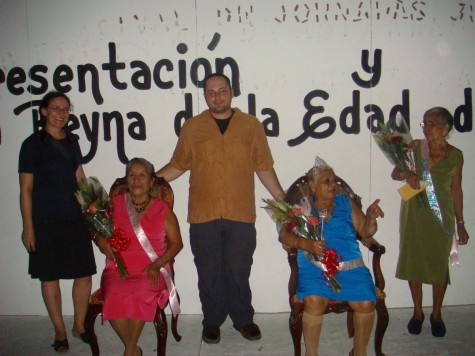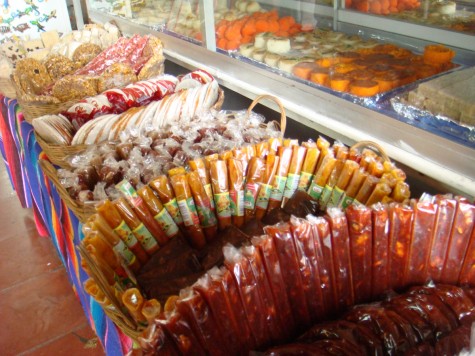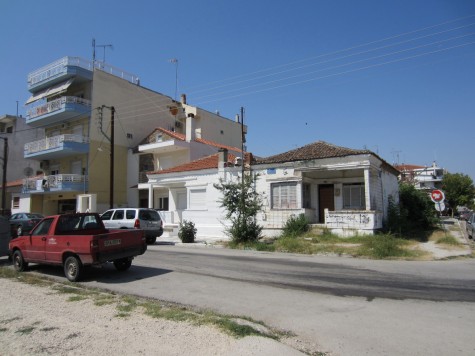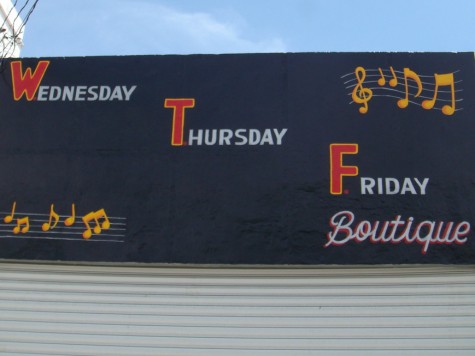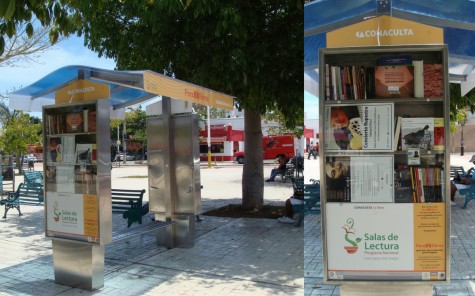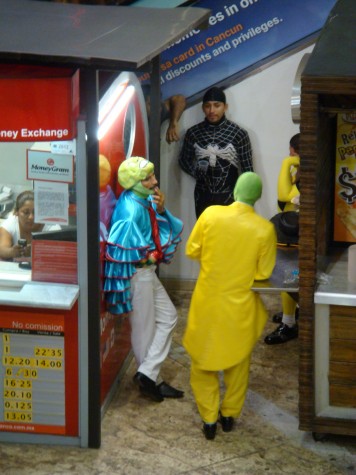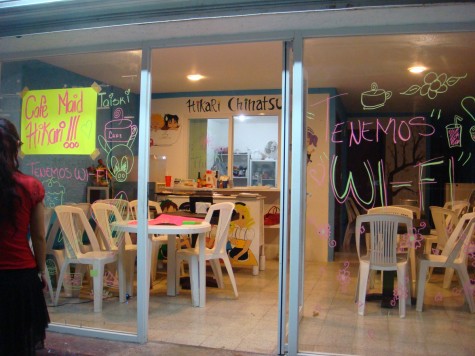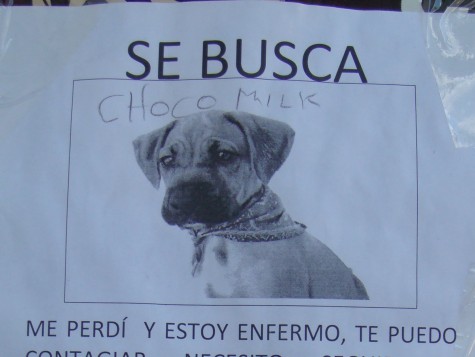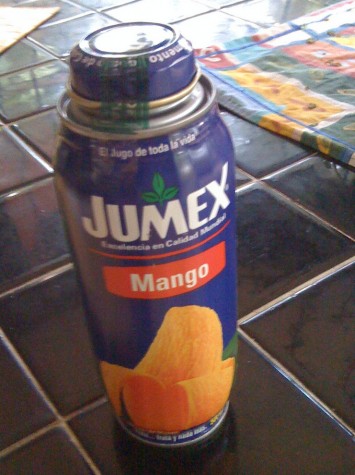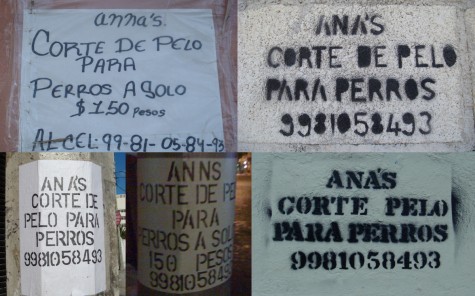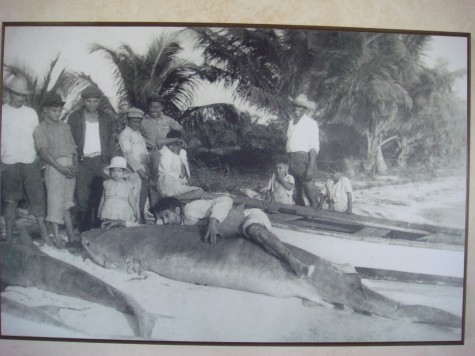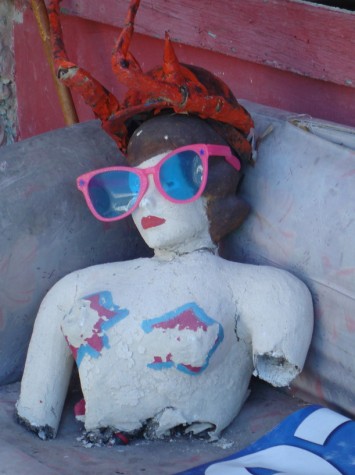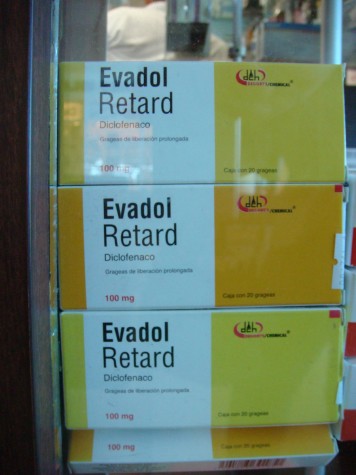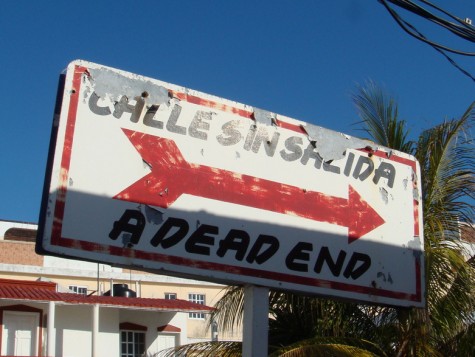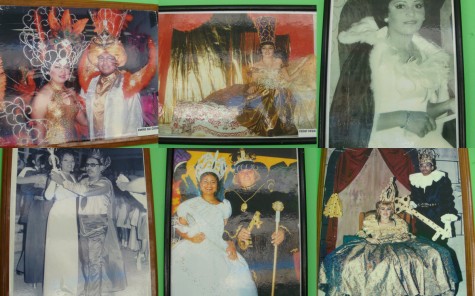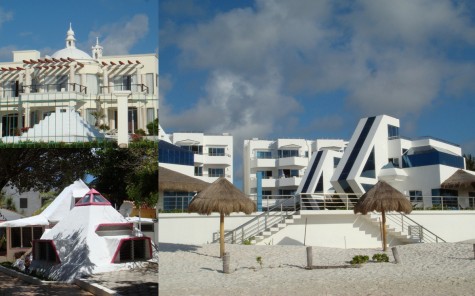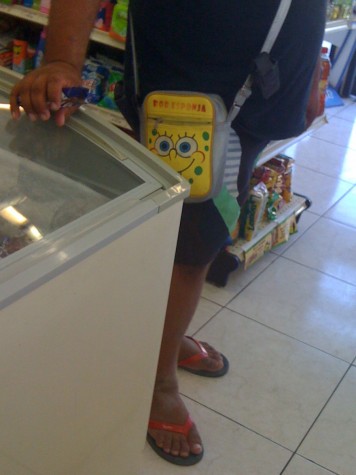
It made me sad to read this, because a) that sucks, and b) it was preventable. Oh, and c) the snide of-course-this-happened-it’s-Mexico tone–but on that topic, I drafted a rather huffy letter, which I’ll spare you.
Everyone should know some really basic facts about the law when driving around the Yucatan (and in Mexico as a whole).
tl;dr: Skip to items #4 and #6.
1. Relax. Corruption just isn’t that prevalent.
I can speak only for the Yucatan, Chiapas and Tabasco, but since 2003, I have driven tens of thousands of miles around that area, and nothing bad has happened.
I have had a grand total of two encounters with police, both positive. In one case, they very sweetly alerted me to the fact that I was going the wrong way down a one-way street. In the other, I was in a traffic accident that was probably my fault. I didn’t even get a ticket either time, much less get hassled for a cash payout.
Granted, I’m a woman, which I think makes me less of a target in this case (chivalry lives in Mexico). Also, my first instinct is to apologize rather than get angry, and I speak Spanish, if badly.
The one firsthand bad-cop story I have heard (one! in all these years) was from a man, and he got out of it by playing dumb: not speaking Spanish and not taking the cop’s hint to pay up. And he admitted he had been speeding.
2. You don’t have to pay the cop!
If you do happen to get pulled over–whether you did something wrong or not–and the cop is suggesting you can pay the fine to him directly…you don’t have to, of course.
It’s not like he’s going to shoot you or kidnap you or beat you up! He’s a traffic cop, not a cartel boss. The Mexican system is not so bad that you’ll be tossed in jail to rot. There’s a whole, functioning system for collecting traffic fines, just like in the US.
Call the dude’s bluff. Smile and apologize, and say you’d be happy to pay the ticket as required, at the police station or through your rental-car company (see #4).
Betcha anything this cop will decide he has better things to do than write you a ticket.
3. A traffic fine costs about US$50.
That’s just not very much. And maybe you were speeding. So maybe you should just take the ticket (if the cop bothers to write it), and pipe down.
You also get a discount if you pay within the first 24 (or maybe 48?) hours, or so I’ve read.
(Can I just note that Waters forked over US$120 in bribe money? Ouch!)
4. And you probably don’t even have to pay that fine either!
Here’s the amazing thing! Cancun, Playa del Carmen and Tulum all have laws on the books granting tourists TWO “courtesy infractions”–official warnings–before being ticketed for anything. (Links go to text of the laws; search for “infracción de cortesía.”)*
Technically, car-rental companies should advise renters of the law and provide them with a leaflet that can be shown to police–though that practice fades in and out, in my experience.
If you do burn through your two warnings and receive a ticket, then you have the option of paying it through your car rental company, when you return the car, for a small extra fee. You never even have to go to the police station.
Simply mentioning the law should deter any cop who’s trying to shake you down. Insist on a written record of the infraction, thank him for his “courtesy,” and be on your way.
5. You really, really shouldn’t pay the cop.
I know, you’re still thinking about it. Why give up any of your vacation time to police stuff? And won’t that little brush with third-world corruption make a good story later? (Jeremy Waters got his published in the New York Times!)
C’mon: corruption takes two people. Every tourist who pays up is paving the way for more cops looking to make a buck. You are part of the problem.
I was about to write “end rant,” but then I remembered: Most of the stories I read about corrupt cop situations, the driver starts by saying, “I was speeding down the highway…” or “My husband was peeing on a bush…” (seriously, that was on TripAdvisor).
Dude, they have traffic laws and laws against peeing in public in Mexico too! If you break them, you get a ticket, just like at home. It’s just douchey to think you can buy your way out of trouble.
OK, really, end rant. On to more info, after the chicken-car break.
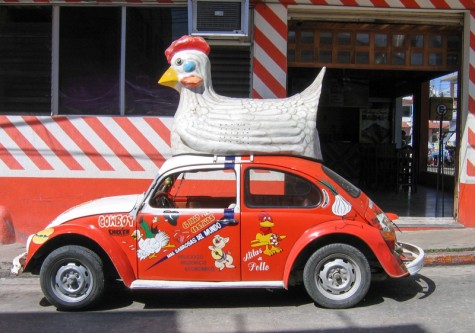
6. The car-rental guys aren’t scamming you, although it can look like it.
Peters complained in his essay that a $20/day rental jumped to $40/day at pickup time. I’m almost certain it wasn’t a scam–just the boring old law. Primary liability insurance is required in Mexico, but unlike in the US, almost all of the rental-car companies pass that cost on to the renter, as a separate fee. It’s about $15/day extra, plus taxes.
Most of the major rental companies note this in fine print on the booking page. Go to alamo.com, for instance, and run a search for pickup and drop-off in Cancun–you’ll see “Primary Liability Insurance” is an option. But only if you click to read more will you see the explanation of the Mexican law, and the fact that the only way out of paying is with very good on-paper evidence that your home car insurance covers liability.**
If you rent through a third-party site, such as Kayak, it’s worse–you see only a blanket “additional fees, taxes and insurance may be required,” which is so vague, it’s easy to think it doesn’t apply to you.
FWIW, Hertz is an exception–it carries its own liability insurance and includes it in the total rate, so you will not be charged extra. (At least last I checked.) [EDITED: This is still true, as of January 2017. Hertz will of course try to sell you more insurance, as rental places always do. Note, though, that Hertz is selling you on “supplemental liability insurance,” as opposed to Alamo’s “primary” coverage.]
So yes, it feels like a scam if you’re not forewarned, but the people to blame are the honchos at Alamo/Thrifty/etc. headquarters, not the Mexican guys at the car desk in Cancun.
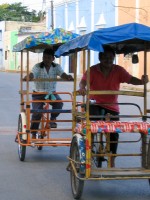
—————————
*Various websites refer to this law as “Article 152,” but the numbers are different for each city, and they change whenever the traffic laws get tweaked anyway. So you can’t say to the cop, “Dude: Article 152” and expect results.
**I don’t own a car, so I don’t actually know if standard US car insurance will *ever* cover liability on rentals in a foreign country. Does anyone know?
And just to clarify, because it took me a long time to figure this out: There are two kinds of insurance:
- Liability insurance: This covers the damage you might do to other vehicles/drivers. Liability insurance is required virtually everywhere in the world, and often countries or US states require the car company to provide it, included in the rate, where it’s called primary liability insurance and/or LDW. But if the rental company doesn’t bundle it into the price, then you must buy it. Supplemental liability insurance is optional, and it usually just increases the coverage amount. As I say above, it’s not required–but you have to know what risk you’re comfortable with.
- Collision insurance: This covers the damage you might do to the rental car itself, and it is usually covered by your home car insurance and/or a good credit card (issued in the US or Canada only; I don’t think European credit cards play this game?). At the rental counter, you *can* opt out of collision insurance (“decline the CDW,” in the lingo). Of course, the agents may try to upsell you–just like they do in the U.S. And of course, if your credit card isn’t covering collision, you have to decide whether you’re OK with the risk of going without it. And if you decline collision, the rental agency will put a hold on your credit card for a lot of money–between $5,000 and $10,000, depending on the car–until you return the car in one piece.
I know about insurance firsthand, from that car accident a few years ago. It was a great opportunity to find out how the rental-car-insurance system works.
